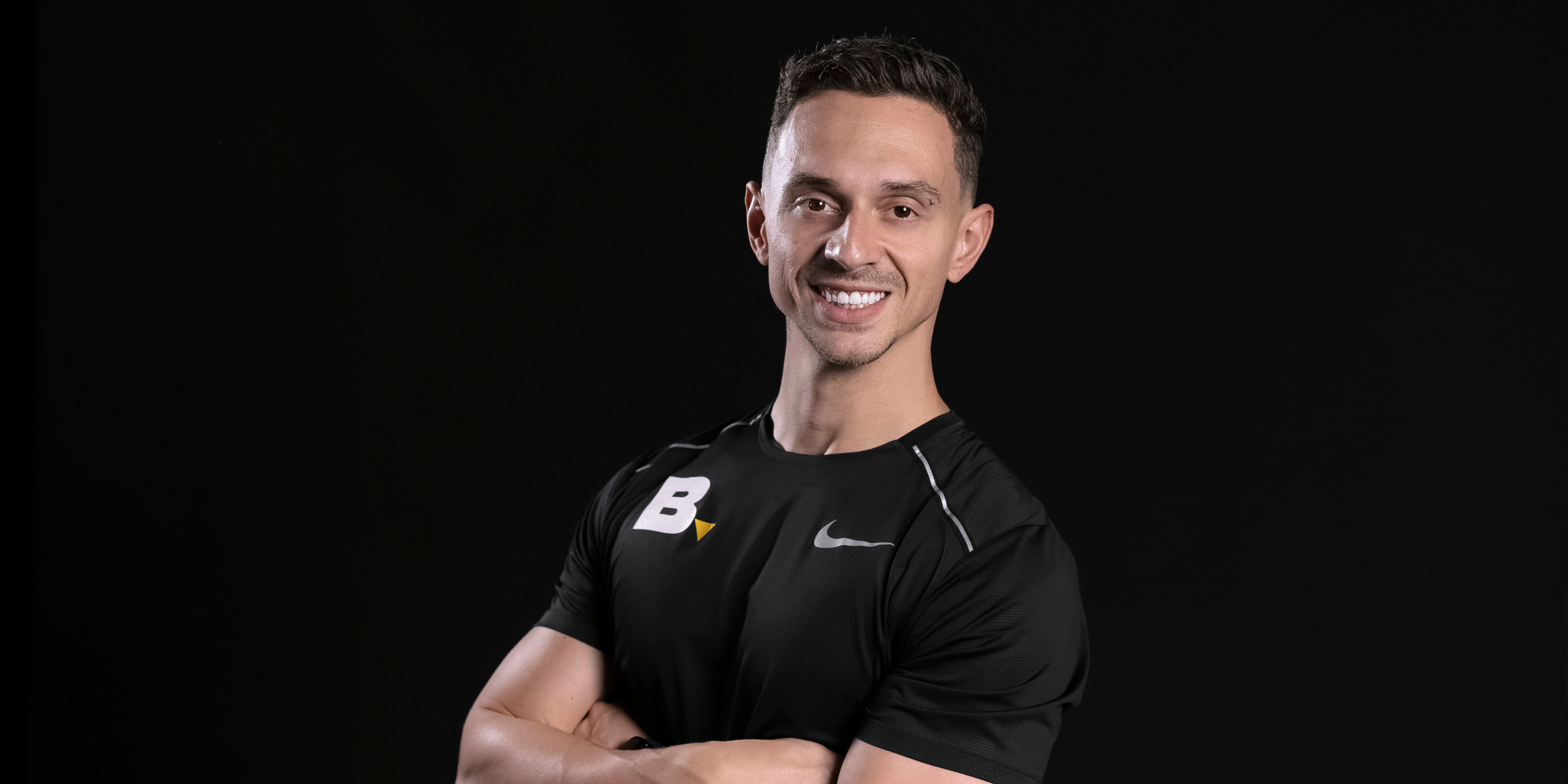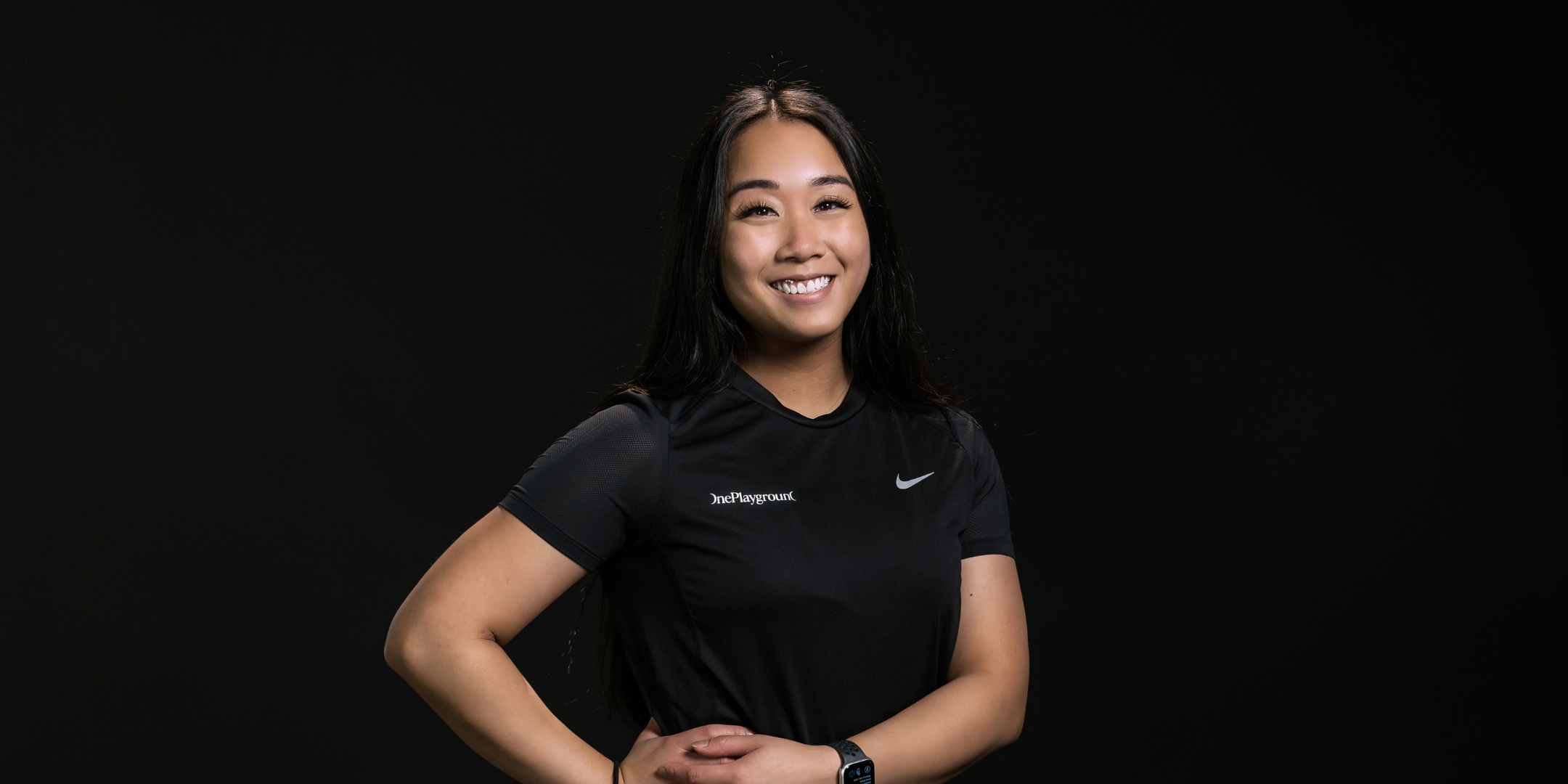It’s 8 years today since the first Fitness Playground opened, in Surry Hills. A lot has changed – for FP and the wider fitness landscape – since then. And what’s coming next is even more exciting.
Fitness Playground’s CEO & Co-Founder Justin Ashley has recently returned from the world’s biggest fitness show, FIBO, in Germany. He got a good picture of what the near-future of fitness holds, and it’s looking bright.
He takes a quick trip down the memory lane of fitness before giving a sneak peek of what’s to come.
QUICK INSIGHTS
Fitness 8 years ago.
- Aesthetics (incl. bodybuilding competitions & the rise of the fitspo star)
- Plenty of fads
- Cookie-cutter gyms
The current fitness industry.
- Fitness is a lifestyle
- Fitness to feel good, not just look good
- Fitness clubs are the new “third place”
The near future of fitness.
- Artificial intelligence, digital health & biometrics
- Personalised experiences
- Wellness becomes the solution for preventative health
Want more detail? Read on…
8 YEARS AGO
Aesthetics & fads: “Hospital expenditure has doubled over the last 10 years, while the fitness industry has grown. Why the gap? I think it’s because, in the recent past, the fitness industry has been focused on two things,” says Ashley. “Firstly, it’s been filled with fads. So you know, the ‘ab roller’ is suddenly going to get you abs. And secondly, it’s been focused on aesthetics – fitness to look good as opposed to feeling good. Hence the rise of bodybuilding competitions and the fitspo Instagram star throughout the 2010s. Thankfully I think there’s been some movement away from that since we first opened.”
Cookie-cutter gyms: “Globalisation led to the development of cookie-cutter gyms. We saw businesses who opened in one market and did so well, but then opened in another market and failed. I don’t think ‘cookie cutter’ is the future of fitness, or any brand. There’s a need for some level of personalisation. That’s why at Fitness Playground we curate our different gyms based on the local demographic.”
THE CURRENT FITNESS INDUSTRY
Fitness is a lifestyle: “There was a perception from many fitness industry people, including myself, that people wouldn’t spend $50 to $80 a week to do what is essentially a circuit class. But F45 proved this wrong. Fitness has become a way of life for people – so people will spend $35 on a Barry’s Bootcamp session, then $50 on an infrared sauna session, then go and buy a $14 green juice. Consumers are prepared to invest in their health.”
Experience reigns supreme: “What that also shows us is that people are willing to pay for good experiences that make them feel good. I think that’s what we’re doing right at Fitness Playground. At a business-model level, we consider ourselves to be a “Super Boutique” – we take all the best boutique experiences you can get, and put them all under one roof. So a member only needs to go to one place to get an endless number of experiences to achieve their goals. It also means our gyms are becoming people’s ‘third place’ [places people spend time between home (‘first place’) and work (‘second place’), to build relationships and have a good time.].”
Changing demographics: “Most gyms are still dominated by 25- to 40-year-olds. But I’m at that age where I’m about to exceed 40. And me and all the people I grew up with pretty much grew up going to the gym. We’re not going to stop going to the gym when we’re 50 or 60. So I think the fitness industry market is going to grow astronomically.”
THE NEAR FUTURE OF FITNESS
Tech advancements: “The biggest thing we saw at FIBO were advancements in fitness tech, and the direction that’s heading. I think most people expect it to change over the next 10 years, but I think it will happen a lot faster than that. There are these new machines powered by artificial intelligence – they can measure, track and progress members based on biometric data, meaning hyper-personalised experiences. So you jump onto a weights machine, scan it with your phone, and the seat adjusts for your height. Then, say you can lift 50 kilos – that machine, the next time you tap it with your phone, will use that 1RM as a baseline, to progress your weight. The next time you come in, it might expect you to be able to lift 52.5kg, for example. It’s cool.”
Integration with your apps: “Of course, these technologies are integrating with Apple Watches and other devices, and also MyFitnessPal. So we’ll be able to see patterns about how often people are exercising, what exercise they do, how much stronger and fitter they’re getting. So we’ll be able to tell whether those who do certain types of exercise get the best results and exactly what it’s doing for their health.”
A focus on preventative health: “My vision for the future of the fitness industry – or, really, the wellness industry – is that it will take the lead in preventative health. How? Preventative health outcomes are going to be measured by two core audiences: the government, and the insurer. In order for your personal training sessions, for example, to be covered by insurance, what they will need to know is, if someone is going to the gym, being physically active and exercising regularly, are they going to be healthier? And how much will that bring our country’s healthcare costs down by? Through technology, wellness facilities will be able to quantify for the government and insurance companies how people’s cardio health is improving because they’re exercising.”
 by One Playground
by One Playground




